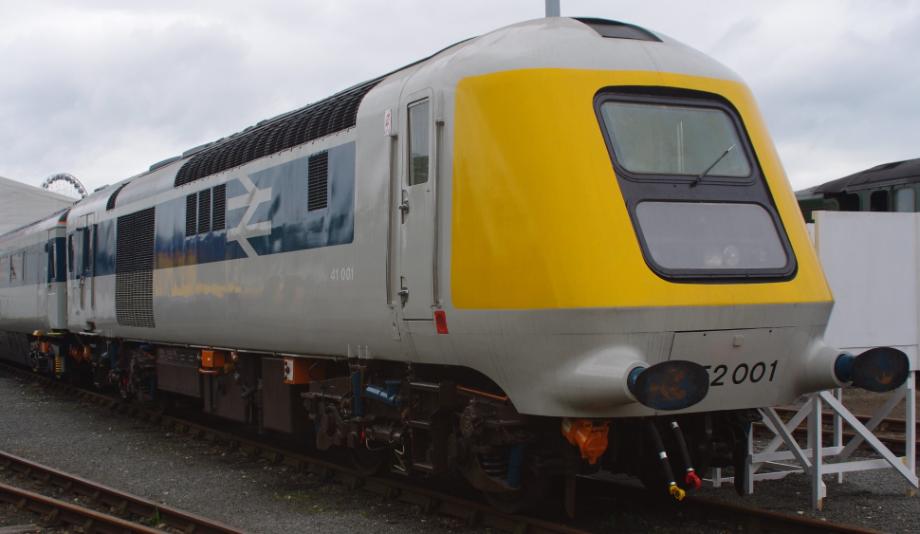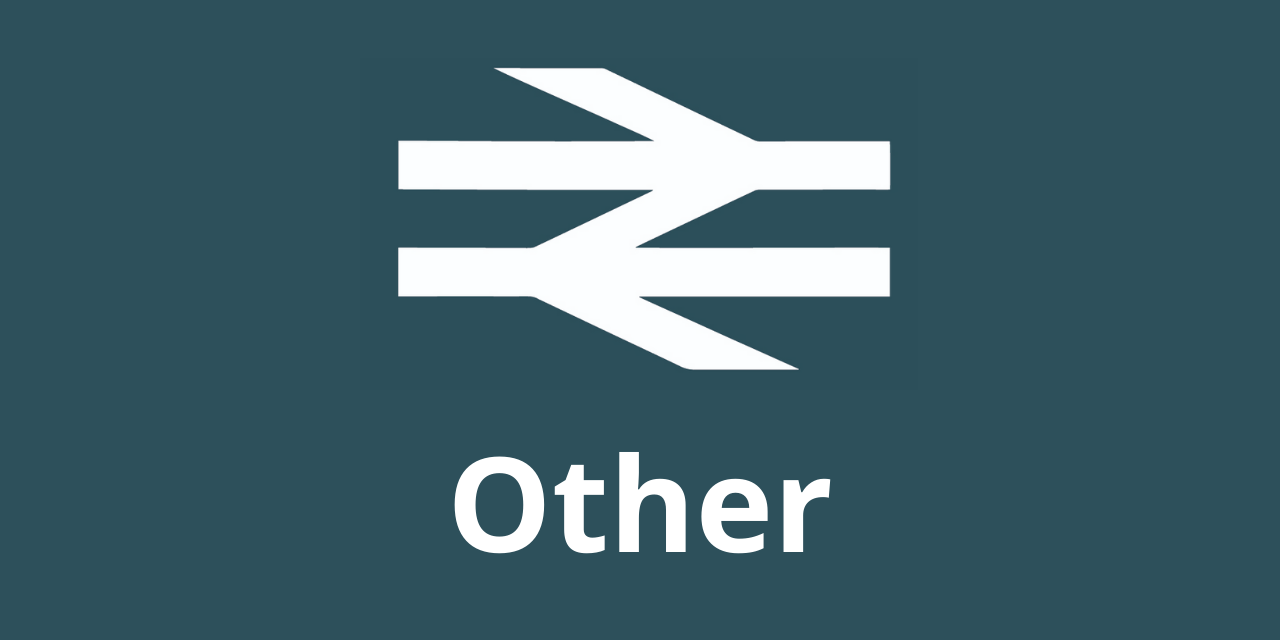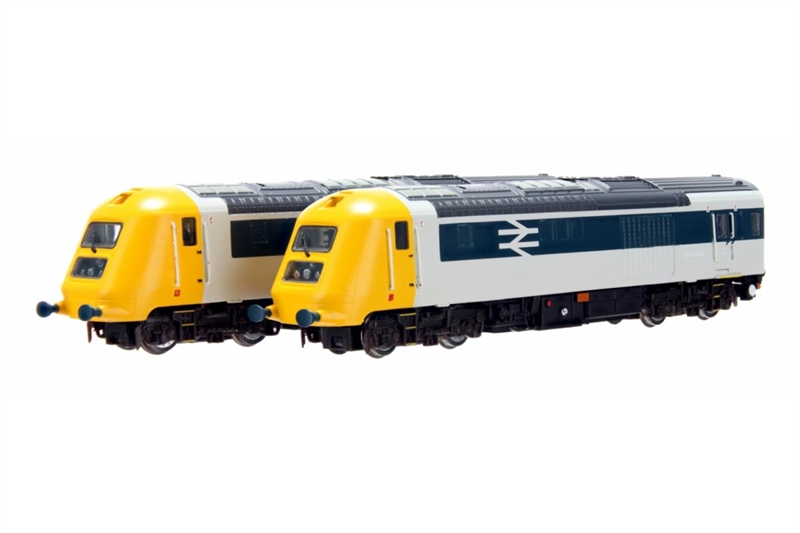Class 41 Prototype HST Profile and Models

41001/ 252001 at Railfest 2012 in June 2012. ©Clagmaster
|
The British Rail Class 41 were two powercars built in 1972 by British Rail Engineering Limited's Crewe Works to operate with the prototype High Speed Train (HST) with Mark 3 carriages. They initially conducted tests on the East Coast Main Line with the set based at Neville Hill TMD. Having accumulated more than 100,000 miles (160,000 km), including setting a diesel train speed record of 143 mph (230 km/h) between Northallerton and Thirsk in June 1973, they moved to the Great Western Main Line in 1974. On 5 May 1975, both entered revenue service on Great Western services between London Paddington and Bristol Temple Meads / Weston-super-Mare. After being replaced by production Class 43 HST powercars in the early 1980s, both were allocated to the Railway Technical Centre and used in various high speed trials associated with the Advanced Passenger Train and InterCity 225 projects. In December 1990, 41002 was scrapped by CF Booth in Rotherham, while 41001 was restored cosmetically and donated to the National Railway Museum. |
|
|
Type of Locomotive |
Diesel-Electric |
|
Builder |
BREL Crewe Works |
|
Build Dates |
1972 |
|
Total Built |
2 |
|
Tractive Effort |
17,980 lbf |
|
Power Output |
2,250 hp |
|
Top Speed |
125 mph |
|
Wheel Configuration |
Bo-Bo |
|
Operated By |
British Rail |
|
Main Duties |
Prototype for Express passenger services |
|
In Service Until |
1982 |
|
Surviving Examples |
1 |


 BR non-standard
BR non-standard


 BR blue and grey
BR blue and grey